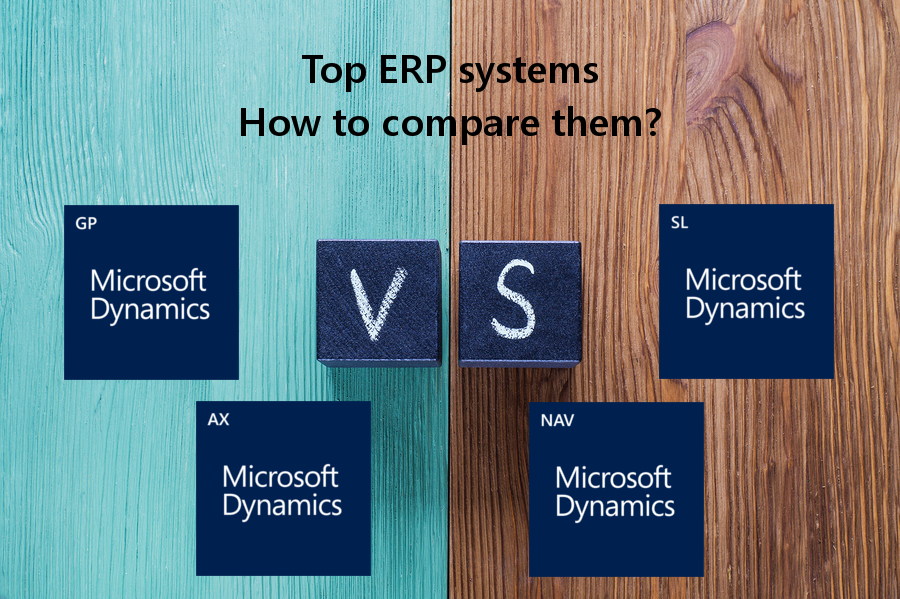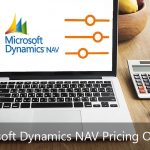
The modern workplace is discovering the need for an (ERP) software system to streamline operations and increase the opportunity for a company’s departments to collaborate, thereby reducing unnecessary work flow. One company that has been gaining attention from industry experts is Microsoft Dynamics, which has four ERP lines: Microsoft Dynamics GP, NAV and SL, for small and medium-sized businesses, and AX for mid-sized and large companies. Here is a guide for whether Dynamics AX vs. NAV vs. GP vs. SL is the right solution for your company:
Microsoft Dynamics AX (now referred to as Dynamics 365 Enterprise)
Dynamics AX is recommended for companies with global or multi-site operations, an ideal option for businesses that want to centralize their operations in assorted locations worldwide. It also performs a strong functional support for distributors and manufacturers. Its functionality, however, is broad and can be used by companies in other industries. The biggest difference between AX and Microsoft’s other ERP products below is that it is truly meant for “Enterprise” organizations. So typical implementations are multi-year and north of $500k. However, with this larger price tag and timeline you get a “whole” view of your company from Sales (CRM), Customer Service, Marketing, Field Service, Project Service Automation, Financials, Operations, & more. Dynamics AX/Enterprise has over 10,000 customers running on its platform.
Microsoft Dynamics GP
The Dynamics GP platform gives a company greater control over inventory, financials and operations. It also has applications for such areas as supply chain management, business intelligence, field service, financial management, and supply chain management. It also contains modules that can be purchased individually like its Customization tools, Advanced Payroll/HR and the Extended Pack which contains many of its Manufacturing modules. It works well with Dynamics for Sales (CRM) through an integration but CRM is NOT native in the solution. It’s normally available via On Premise or you can also deploy it on the Microsoft Azure cloud. It’s one of the SMB lines that fits businesses from $10 to $500 million in revenue (although it can be used for startups and grow with larger firms). Dynamics GP has over 60,000 customers running on its platform.
Microsoft Dynamics NAV (now referred to as Dynamics 365 Business Central)
Dynamics NAV system is scalable and supports areas like manufacturing and distribution. It is highly configurable in that it has a variety of niche markets that offer several market solutions. It has functionalities in financial management, supply chain management, customer relationship management (CRM) and configuration and development. The platform includes such modules as cost accounting, maintenance and insurance. It was born out of Europe so it has multiple languages and multi-currency. It is now most popular like the Dynamics 365 Enterprise product via the cloud in it’s new “re-branded” name as Dynamics 365 Business Central. Which is hosted directly by Microsoft in a multi-tenant “true cloud” environment. Dynamics NAV/Business Central has 160,000 customers and is growing.
Microsoft Dynamics SL
Microsoft Dynamics SL is scalable and helps such industries as government contracting, construction, professional services and engineering. It’s sold in two different editions: Business Essentials and Advanced Management. It also works well with Microsoft apps you may already have, so you’re ready to go with fewer disruptions and less training required. It is a niche product however and has over 15,000 customers running on its platform.
For more information on whether Dynamics AX vs. Dynamics NAV vs. Dynamics GP vs. Dynamics SL is the best fit for your company, please contact us.
{{cta(‘69975651-a047-4866-ae41-a55fd52dd874’)}}





